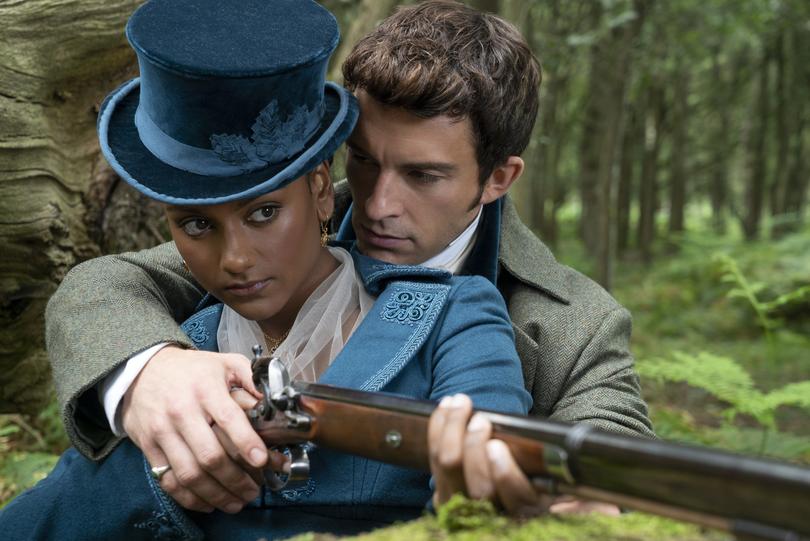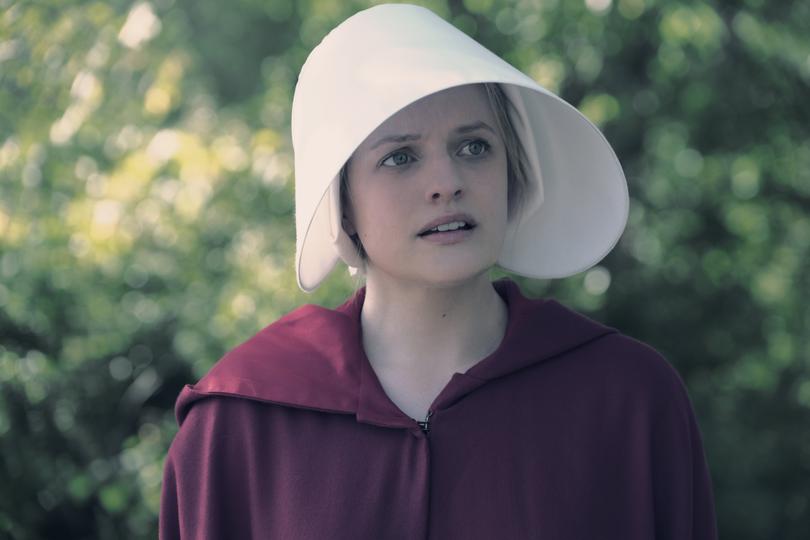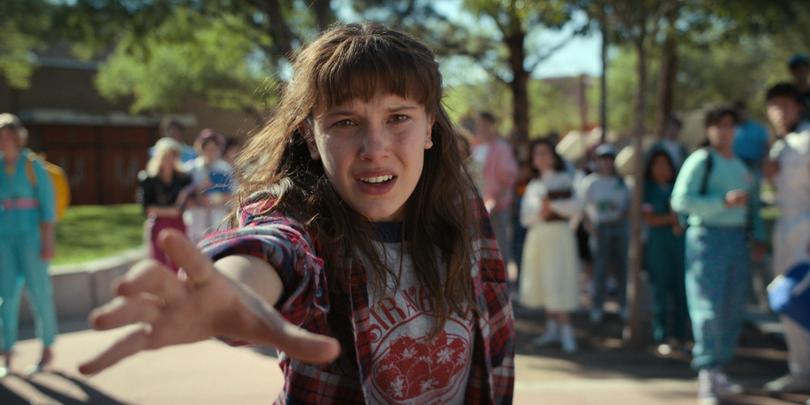The most annoying thing about streaming is the agonisingly long wait between seasons

We’ve all been there. You’re so immersed in the series you’ve been watching, devouring them one episode after another, and then the credits roll on the season finale. So satisfying, you think. You love this show, you affirm.
You congratulate yourself on having such good taste.
When The Bear’s third season releases later this week, the whole lot will drop at once. That’s one of the perks of streaming for those who really want to binge everything, not having to wait week-to-week.
Sign up to The Nightly's newsletters.
Get the first look at the digital newspaper, curated daily stories and breaking headlines delivered to your inbox.
By continuing you agree to our Terms and Privacy Policy.But once you’ve burned through all those episodes, which is possible to do in one sitting, that’s it. There’s no more for another year. And The Bear is one of the shows that gift its fans with a yearly release.
Bridgerton enthusiasts waited 15 months between seasons one and two, but it was two years and two months between two and three. Now that three is out and over, the next instalment isn’t expected until 2026. So, it could be anywhere between 18 months and two-and-a-half years away.

The third season of the swoony show split its eight-episode season into two halves, releasing them a month apart. The feverish anticipation for the series’ romantic seductions was all over social media and in the fandom. But as quickly as it came along, it was done.
Pack away the empire waistline gowns, strings of pearls and feathered headbands. It’s a long wait to see which way Benedict, the second-oldest Bridgerton brother, will swing.
The short and punchy experience of Bridgerton’s latest drama encapsulates one of the most frustrating quirks about this streaming era. The waiting, the yearning and the agonising impatience.
After a 23-month break, The Boys’s fourth season started last week but it’s already more than halfway through its eight episodes. Fans of The Handmaid’s Tale (yes, it’s still going) haven’t had any new episodes since 2022 and the next season won’t be ready until 2025.
Barry made devotees wait three years between seasons two and three and Atlanta took a four-year break at one point. Rick and Morty will have no new episodes this year and The Last of Us will be two years between seasons. Heartbreak High made you wait 19 months.

Granted, some of these productions have been hit by delays outside of their control – in the case of Barry, it was Covid, for Stranger Things (at least two and a half years between seasons four and five), last year’s Hollywood strikes pushed back its schedule.
But it’s not just that it’s taking so much longer for shows to return, it’s also that they’re barely around when they do. Like that friend who shows up late to your party, stays for 45 minutes, leaves early, and you don’t see them again until the next birthday, maybe.
The standard episode count for a streaming series now runs eight chapters. It could be as little as six but rarely more than 10. If it drops all at once, it could be over in as little as a day. If it’s a weekly release, then it’s two months at most.
If you choose to binge The Bear’s third season on Thursday night when it’s released, it could be over by the time midnight rolls around.
It’s not just that the experience is over for you personally, the binge release model also truncates the cultural conversation. The first six seasons of Game of Thrones ran for 10 episodes each and came out weekly, and for two and a half months, it’s all anyone was talking about. You felt part of a community of obsessives.

But if you’re mainlining the new series of The Witcher, that collective is smaller. Not everyone watches at that pace, and not everyone starts when you do. The water-cooler effect is dispersed. You might as well be watching it alone.
By the time someone else wants to talk to you about it three months later, you’ve moved on. You’ve seen about 17 other shows in the interim and you can barely manage a, “oh yeah, that scene was wild”. What happened again?
Sure, many TV shows now cost more than movies to make with some single episodes costing more than $10 million. The Rings of Power, the Lord of the Rings series, couldn’t afford to make more than eight every two years. The first season cost $US400 million.
And you get movie stars such as Julia Roberts and Colin Farrell who would never have previously committed to seven years in one role.
But it’s also created an industry which no longer fosters writers who can sustain 22 episodes of storytelling.

At the risk of sounding “remember when…?” but, seriously, remember when TV shows ran all year? And you only had to wait about three or four months for the next season to come back?
There are things about the old broadcast model that had its advantages and that was one of them. If you were watching The OC, The X-Files and Frasier, or Australian classics Blue Heelers and The Secret Life of Us, you could reliably spend at least half the year with them.
The episode counts were at least 20 (Blue Heelers made 40-plus episodes a year), and maybe they took a week or two off for the holidays, but you could depend on them to be back, and soon.
You never spent too much time away from Mulder and Scully.
Some American broadcast shows still follow this model, though they tend not to have the buzz and cultural cache of streaming programs. And Australian scripted dramas and comedies will almost never hit double digits for a season.
Watching TV is now much more about passionate flings who love you and leave you, and less about those fulfilling long-term relationships.

